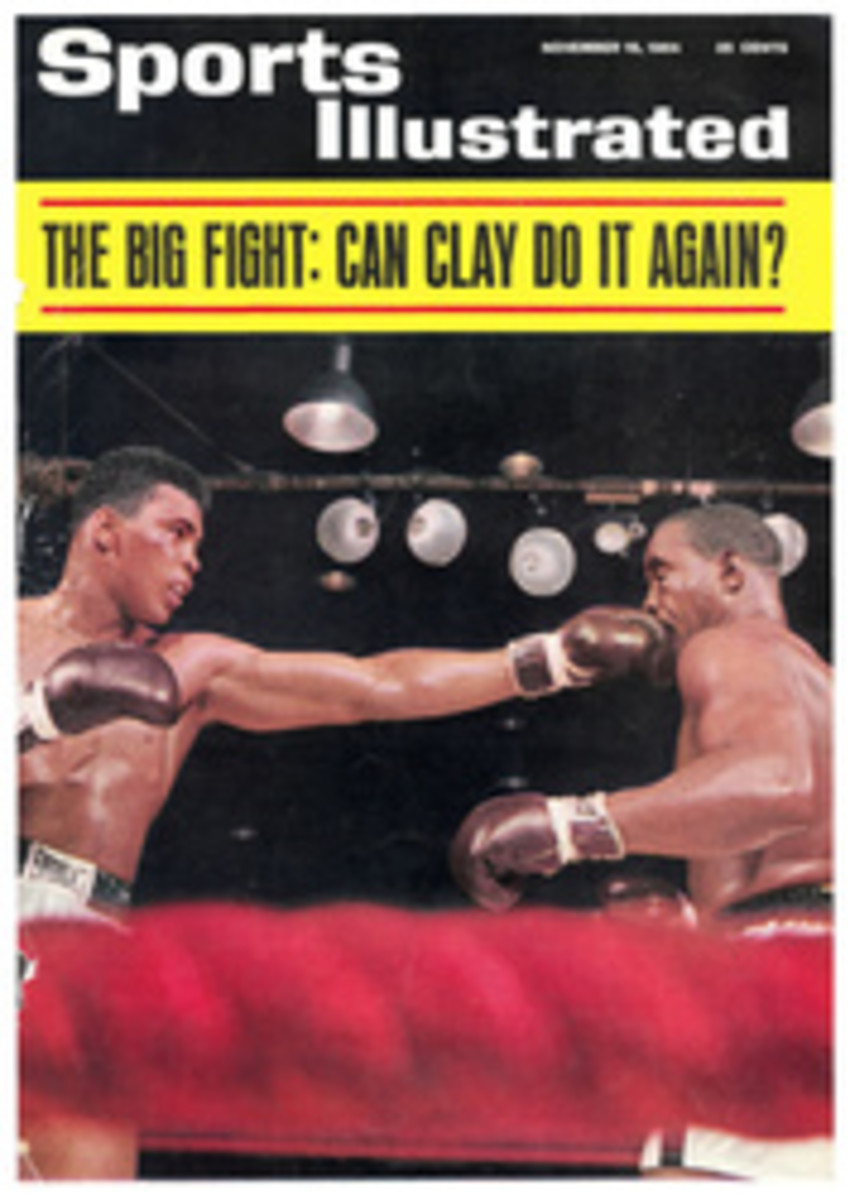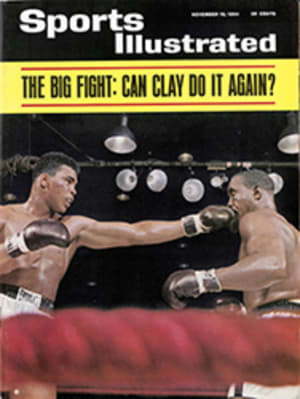
LETTER FROM THE PUBLISHER
There is an undeniable quickening of the general pulse as the time for the Cassius Clay-Sonny Liston fight (page 22) grows near. In the words of Robert H. Boyle, who has frequently written about boxing for SPORTS ILLUSTRATED, "There is no spectacle, no contest, nothing in sport that can equal the moment when a heavyweight championship fight begins. The anticipation of the crowd, the cheers as the challenger comes down one aisle, the champion down another, the great hooded robes they wear, even the long, boring introductions help build the tension. The crowd begins to roar, the fighters go to their corners, stand with their backs to the center of the ring for an instant and then wheel and come toward each other. It's a moment unlike any other in sport."
Boyle's enthusiasm helps to explain a phenomenon we have often noted: good writers are fascinated by boxing. Martin Kane, whose masterful stories are now part of the literature of the sport, explains, "It is competition reduced to its most primitive terms." And, Kane adds, "You find more characters than in any other sport. Clay, Patterson, Sugar Ray, Archie Moore, Cus D'Amato, Jack Kearns. And the atmosphere is marvelous—the training camps, the way the whole camp defers to the fighter. It's like being in the scruffy palace of a king."
Huston Horn, one of the first to write about the present king, Cassius Clay, says, "It's very entertaining—the contest, the fighters. It has a primary humanness about it. I don't approve of it. I think it is wrong as entertainment, and I wish I didn't like to watch it. But it's the only sport that can make me shake with excitement."
Tex Maule, who has done several boxing stories for us between his regular tours of professional football coverage, says, "It is the simplest conflict in sport, the most direct. It's concentrated, unlike football, where 22 people are running around. And, almost by definition, boxers are interesting people. They're different from football players, who sometimes seem poured in the same mold. Fighters are individuals, and they are colorful and surprisingly articulate."
Gilbert Rogin, who wrote the preview of the fight in this issue, says, "Boxing lends itself to writing because it is at the same time the most real and the most artificial of sports. It is the most real because it simulates actuality—two people might normally fight each other. But it is the most artificial because it isn't really real. It is safe—despite the injuries that happen and the deaths. A street fight is real, and it is ugly and repellent. But boxing is like a play. A horrible argument you hear in a play would be repellent if you heard it coming from the apartment next door. But on the stage it is safe, it is something you can watch and even appreciate. Boxing is the same way. It has the trappings of the theater. It is the closest thing in sport to fiction: preparation, act, consequence. It is all the great duels—man and wife, son and father, mono a memo. There is a great sense of honor and dishonor. And fear. The fascination of fear.
"Boxing is the basic sport. Maybe foot racing is older, but how can you compare the consequences of losing a foot race with the consequences of losing a fight?"
PHOTO

